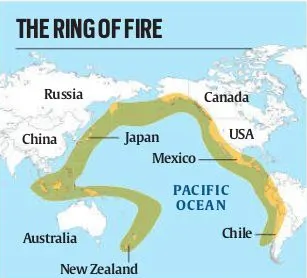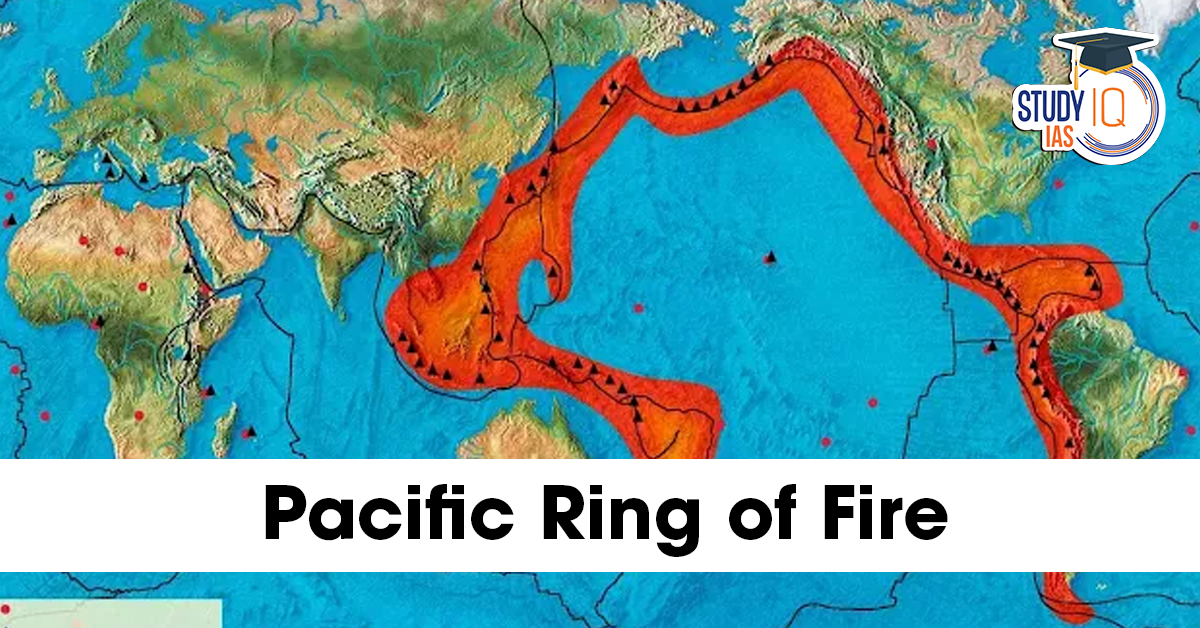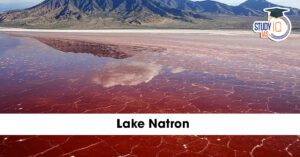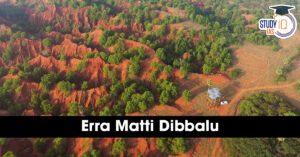Table of Contents
News? The epicentre of the recent 8.8 magnitude earthquake in the Russian far east side was on the Circum-Pacific belt (or Ring of fire).
About Pacific Ring of Fire
- Ring of Fire is a path along the Pacific Ocean characterised by active volcanoes and frequent earthquakes.
- Roughly 80% of all earthquakes occur along the Ring of Fire (the 2004 Indian Ocean Earthquake or Northern Sumatra earthquake, the Alaska earthquake of 1964, and the Japan earthquake of 2011), and the ring is dotted with 75% of all active volcanoes on Earth.
- Many volcanoes in the Ring of Fire were created through a process of subduction

Recently Erupted Volcanoes in this Belt
- Mount Lewotobi Laki-Laki (Indonesia).
- Klyuchevskoy (Russia, Kamchatka Peninsula)
- Shinmoedake (Kirishima cluster, Japan)
- Mount Marapi (Sumatra, Indonesia)
Key Features of Ring of Fire
Location
Ring of Fire is about 40,000 kilometres (25,000 miles) long and marks the edges of many large tectonic plates. It extends along the west coast of South and North America, passes through the Aleutian Islands in Alaska, down the east coast of Asia in nations such as Japan, the Philippines, and Indonesia, and on to New Zealand and the north coast of Antarctica.
Geological Activity
- Volcanoes: It harbours more than 450 active and dormant volcanoes, representing nearly 75% of all volcanoes on Earth.
- Earthquakes: About 90% of the world’s earthquakes, including most of the largest and most destructive ones, happen in this belt.
Cause
The high level of activity is a direct consequence of plate tectonics. The Ring of Fire is a collection of a chain of subduction zones, in which a denser oceanic tectonic plate (such as the Pacific Plate) is pushed under a lighter continental plate. This action generates enormous friction, pressure, and heat.
Why is the Ring of Fire so Active?
The tectonic plate movement in the Ring of Fire is responsible for its volcanic and seismic character:
- Subduction Zones: When the oceanic plate is driven into the mantle of the Earth, it melts, producing magma. It comes up through the overlying crust and develops a series of active volcanoes, that is, volcanic arcs. This is what forms the Andes Mountains and the Japanese Archipelago, among others.
- Earthquakes: The friction between the grinding tectonic plates builds up enormous stress. When this stress is suddenly released, it causes a powerful earthquake. The displacement of the seafloor during these major underwater quakes can also trigger devastating tsunamis.
- Other Plate Boundaries: Subduction zones are the most common feature, but there are other plate boundaries as well. One part of the Ring of Fire along the west coast of North America is a transform boundary, where plates move horizontally past each other, resulting in frequent earthquakes, like those along the San Andreas Fault.
Recent and Historical Events
The Ring of Fire is the origin of some of history’s most devastating and infamous natural disasters:
- Current Events: In late July 2025, a massive 8.8-magnitude earthquake rocked off the coast of Russia’s Kamchatka Peninsula, sending tsunami alerts throughout the Pacific and causing a concurrent eruption of the Klyuchevskoy volcano nearby.
- Historical Incidents: The 2011 Fukushima earthquake and tsunami in Japan, the 1960 Great Chilean earthquake (the largest ever recorded at 9.5 magnitude), and the 2004 Indian Ocean earthquake and tsunami that killed more than 200,000 are all caused by tectonic activity inside or near the Ring of Fire.


 Places in News for UPSC 2026 for Prelims...
Places in News for UPSC 2026 for Prelims...
 Lake Natron: Location, Features, Wildlif...
Lake Natron: Location, Features, Wildlif...
 Erra Matti Dibbalu Added to UNESCO Tenta...
Erra Matti Dibbalu Added to UNESCO Tenta...

























